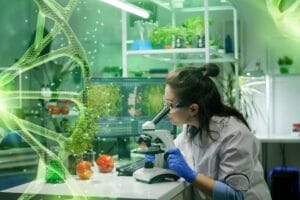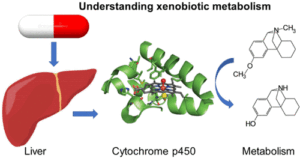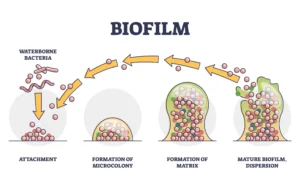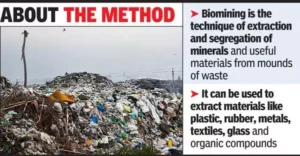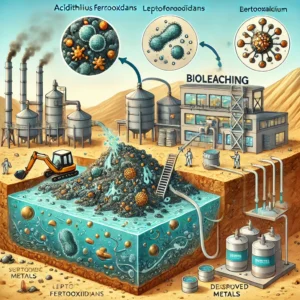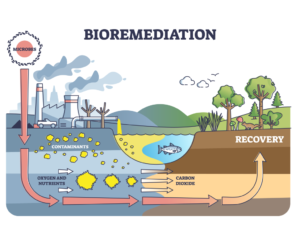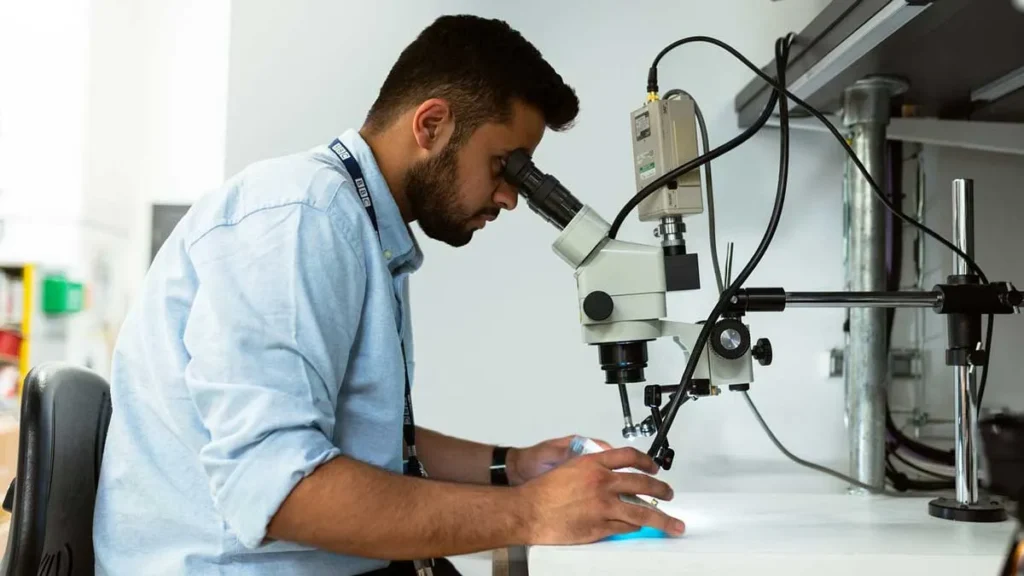Microbial desulfurization is an eco-friendly process that uses microorganisms to remove inorganic and organic sulfur from coal. It is a promising alternative to conventional chemical and physical methods, which are often expensive and environmentally harmful. Sulfur in coal exists in two main forms: inorganic sulfur (e.g., pyrite, FeS₂) and organic sulfur (covalently bonded sulfur within coal’s organic matrix). Both forms of sulfur contribute to environmental pollution during coal combustion, primarily by releasing sulfur dioxide (SO₂), which causes acid rain and air pollution.

Mechanisms of Microbial Desulfurization
Microbial desulfurization involves the activity of sulfur-metabolizing microorganisms. The process targets both inorganic and organic sulfur removal through distinct mechanisms:
1. Removal of Inorganic Sulfur (Pyrite Oxidation)
Inorganic sulfur, predominantly in the form of pyrite (FeS₂), can be removed by sulfur-oxidizing bacteria like Acidithiobacillus ferrooxidans and Acidithiobacillus thiooxidans. These bacteria oxidize pyrite, converting it into soluble sulfate and releasing iron as ferric ions.
Reaction pathway:
- Oxidation of iron (Fe²⁺):
Fe²⁺ + 1/4 O₂ + H⁺ → Fe³⁺ + 1/2 H₂O
- Oxidation of pyrite by ferric iron:
FeS₂ + 14Fe³⁺ + 8 H₂O → 15Fe²⁺ + 2 SO₄²⁻ + 16H⁺
- Regeneration of ferric iron:
Ferric ions (Fe³⁺) are regenerated by microbial oxidation of ferrous ions (Fe²⁺), sustaining the reaction cycle.
The end products, sulfate (SO₄²⁻) and ferric hydroxide (Fe(OH)₃), can be removed from the system, reducing sulfur content.
2. Removal of Organic Sulfur
Organic sulfur, covalently bonded within the coal matrix (e.g., in thiols, thioethers, and thiophenes), requires specialized desulfurizing bacteria. Microorganisms such as Rhodococcus and Pseudomonas species remove organic sulfur through enzymatic cleavage of sulfur-carbon bonds without degrading the coal’s carbon structure.
Mechanism:
- The most studied pathway is the 4S pathway, utilized by species like Rhodococcus erythropolis. This pathway involves the selective cleavage of sulfur atoms from organic sulfur compounds, leaving the carbon backbone intact.
Key reactions in the 4S pathway:
- Organic sulfur compounds (e.g., dibenzothiophene, DBT) are converted to sulfone intermediates.
- Sulfones are cleaved enzymatically, releasing sulfur as sulfate (SO₄²⁻) or elemental sulfur (S).
- The remaining organic structure is preserved as part of the coal.
Environmental Impact
Microbial desulfurization offers several environmental benefits compared to traditional methods:
Advantages:
- Reduction in SO₂ Emissions: Removing sulfur from coal before combustion reduces sulfur dioxide emissions, mitigating acid rain and air pollution.
- Eco-friendly Process: Microbial desulfurization is a low-temperature, low-pressure process that uses natural biological reactions, minimizing energy consumption and chemical waste.
- Selective Removal: Organic sulfur removal using the 4S pathway preserves the calorific value of coal by not degrading its carbon matrix.
- Sustainable Approach: The process utilizes naturally occurring microorganisms and can be scaled for industrial applications with minimal ecological disturbance.
Challenges and Limitations:
- Slow Reaction Rates: Microbial processes are slower than physical or chemical desulfurization methods, which can limit industrial scalability.
- Specificity of Microorganisms: Different microbes are required for inorganic and organic sulfur removal, necessitating careful optimization of microbial cultures.
- Disposal of By-products: Oxidized sulfur compounds (e.g., sulfates) need proper disposal or treatment to avoid secondary pollution.
- Sensitivity to Conditions: Microbial desulfurization is sensitive to environmental conditions such as temperature, pH, and nutrient availability, which can hinder its effectiveness in certain coal types or geographical locations.
Microbial removal of inorganic and organic sulfur from coal is an environmentally friendly and sustainable approach to reducing sulfur pollution from coal combustion. While the technology shows promise for large-scale implementation, further research is needed to overcome its limitations, enhance efficiency, and develop cost-effective methods for practical application. By mitigating sulfur-related pollution, microbial desulfurization contributes to cleaner energy production and a reduction in the harmful environmental impacts of coal usage.

